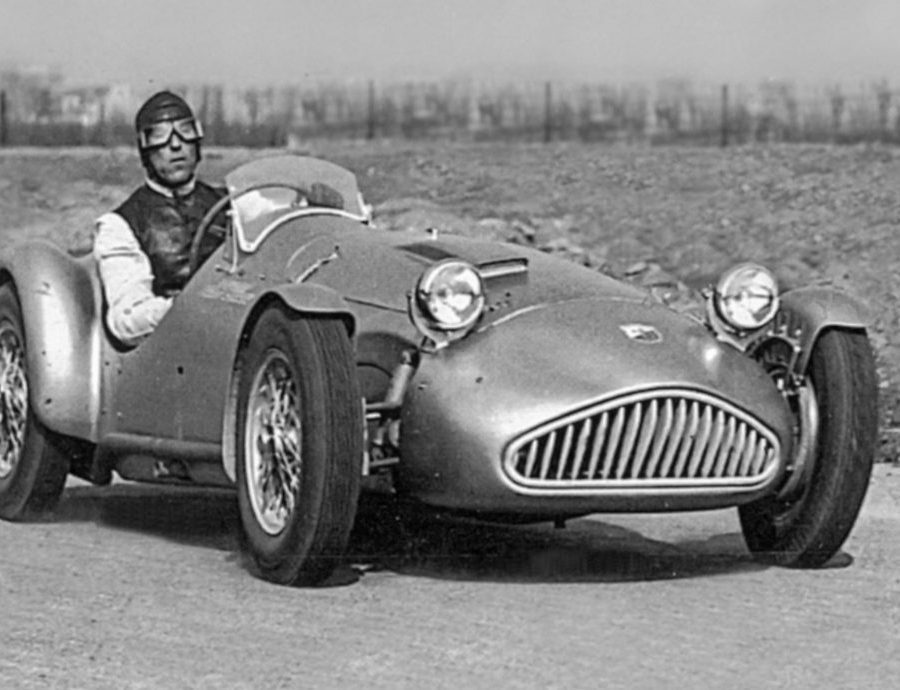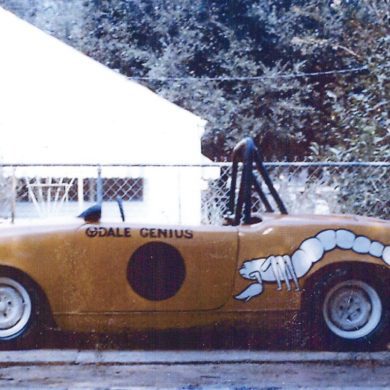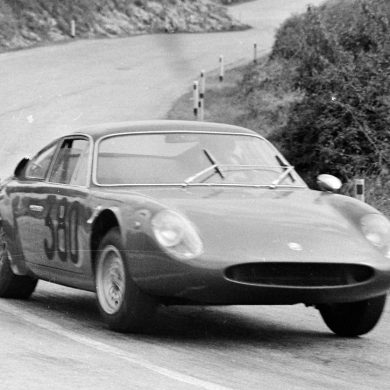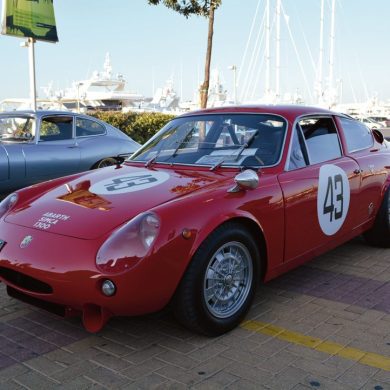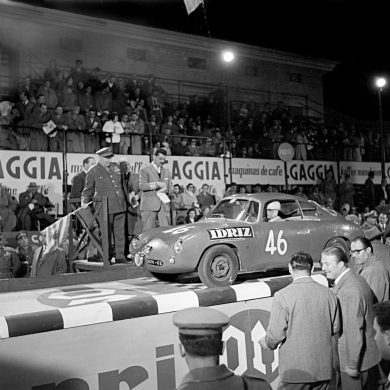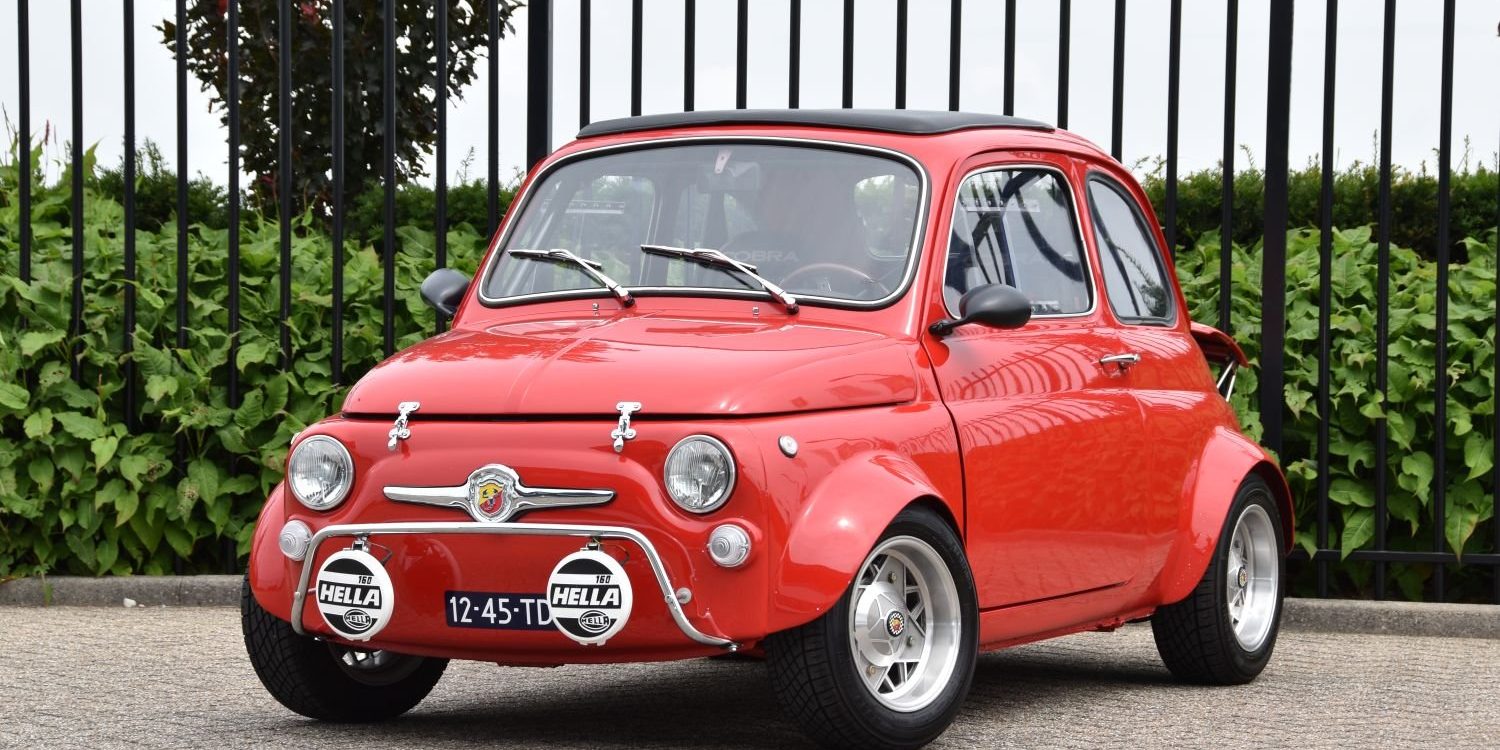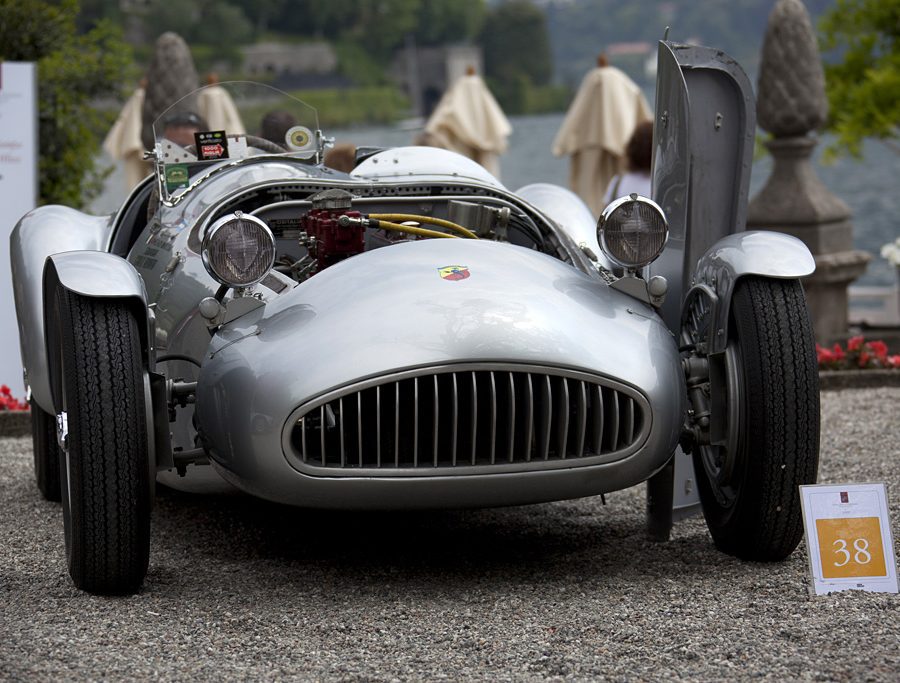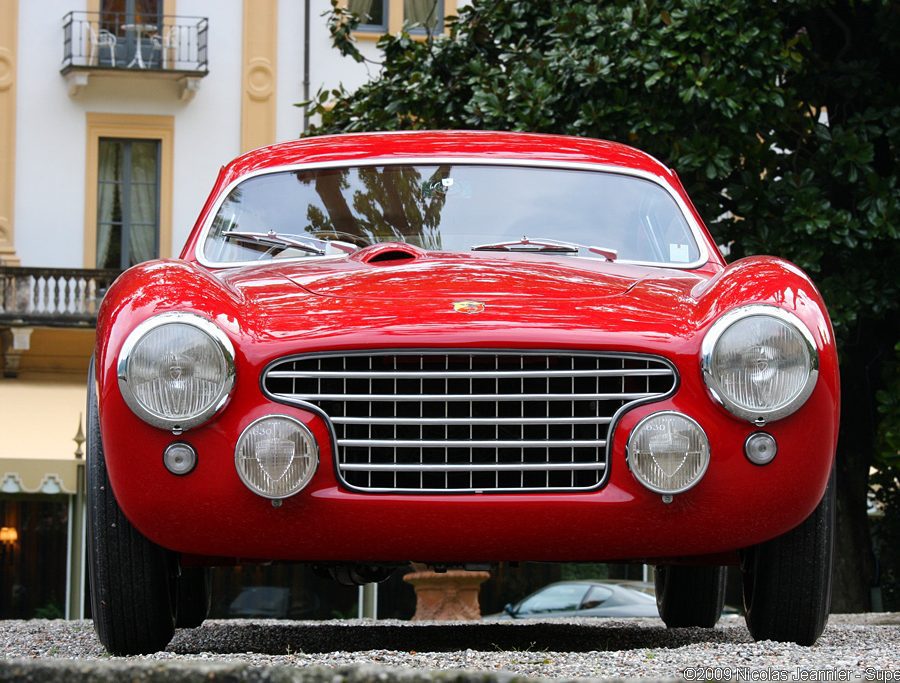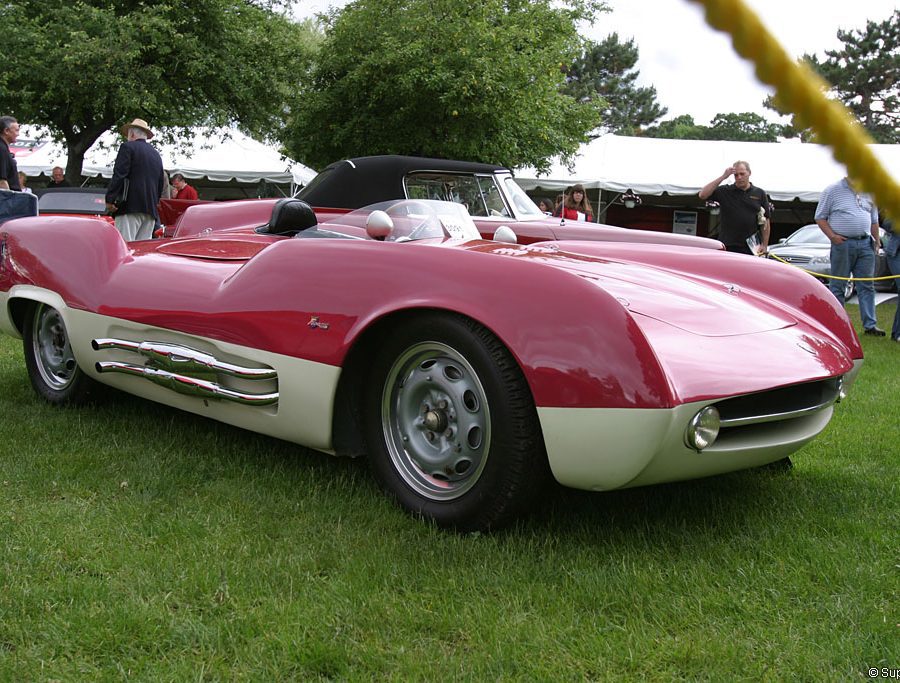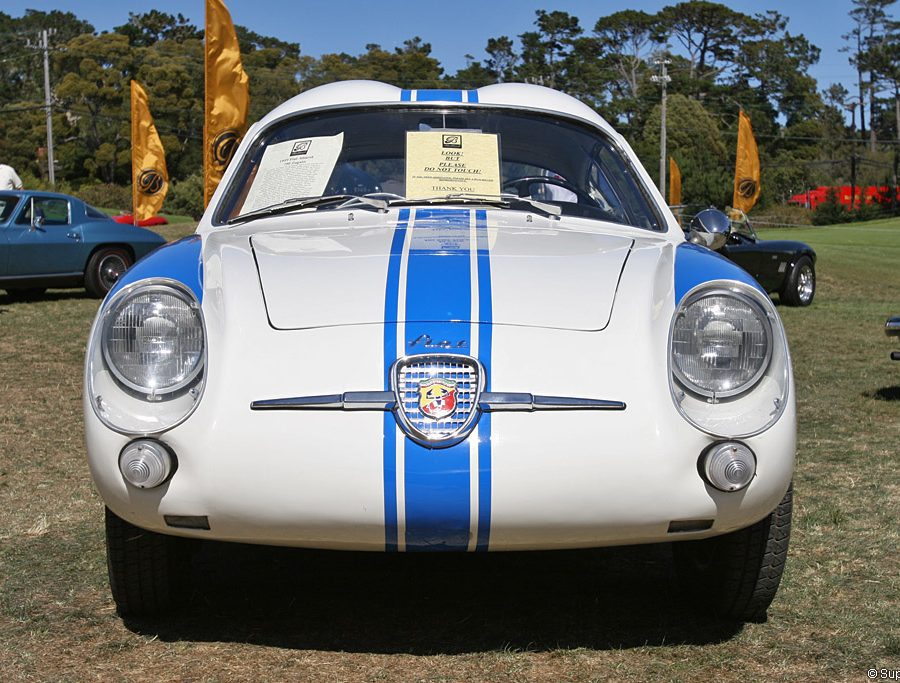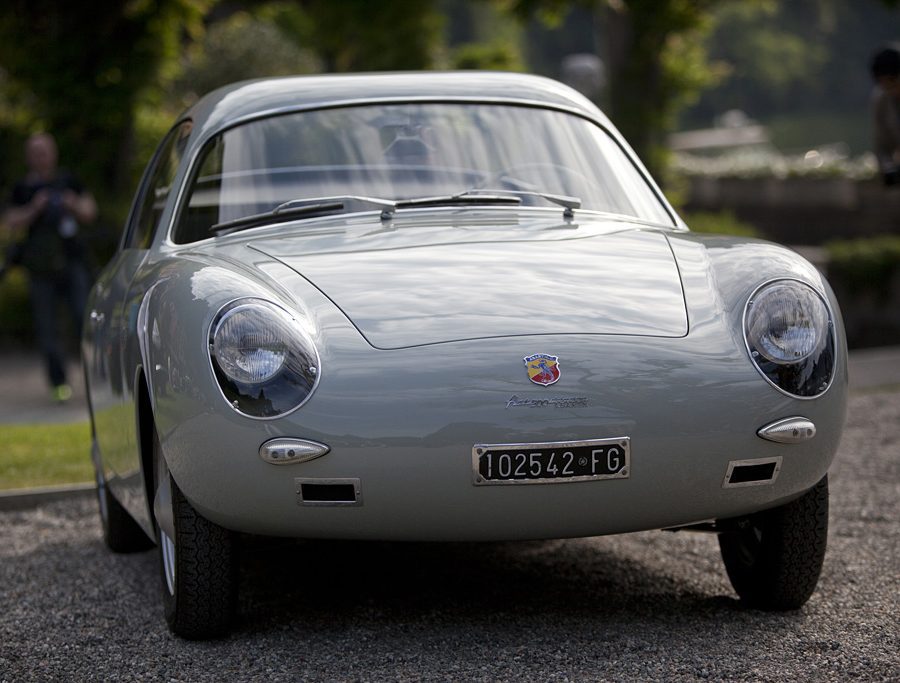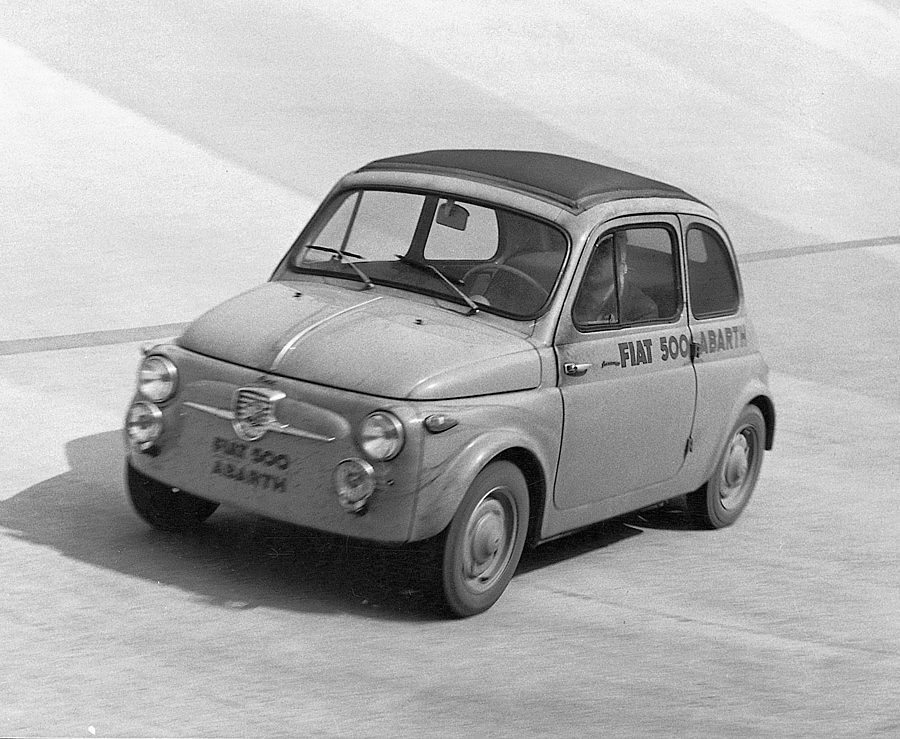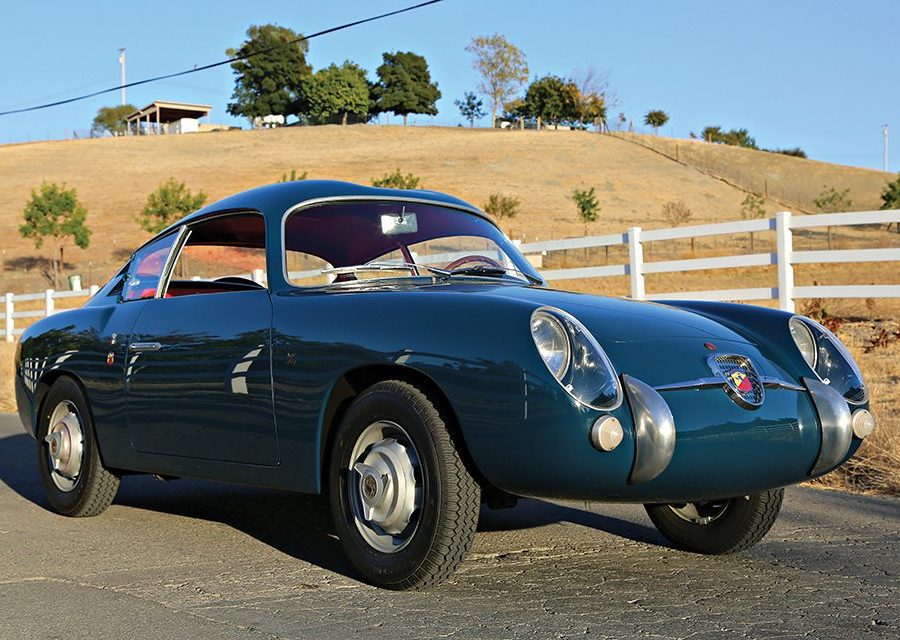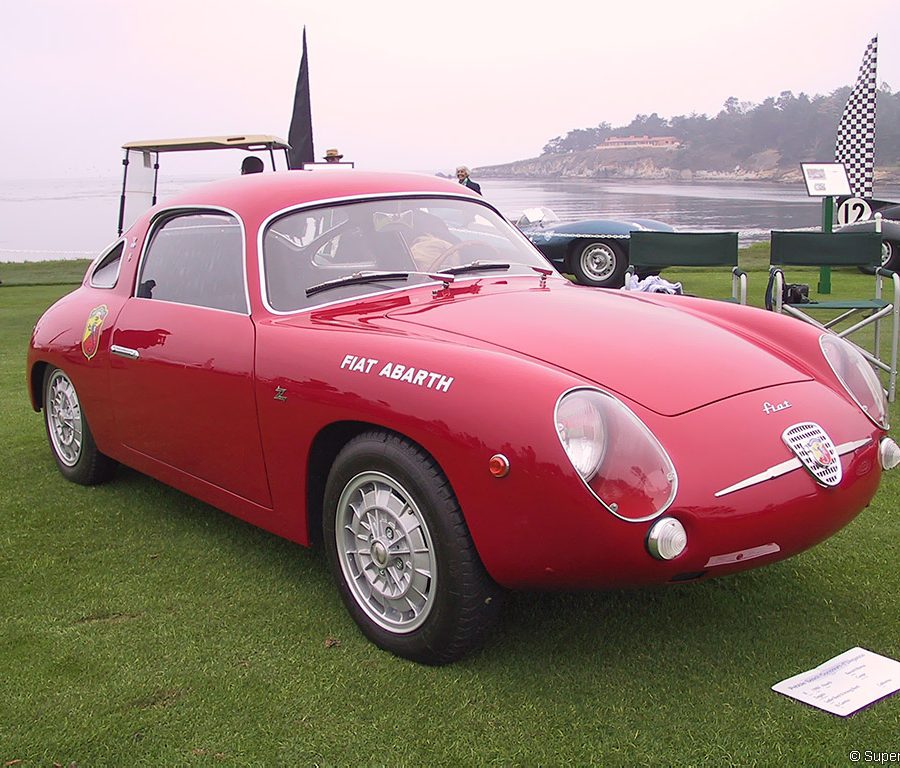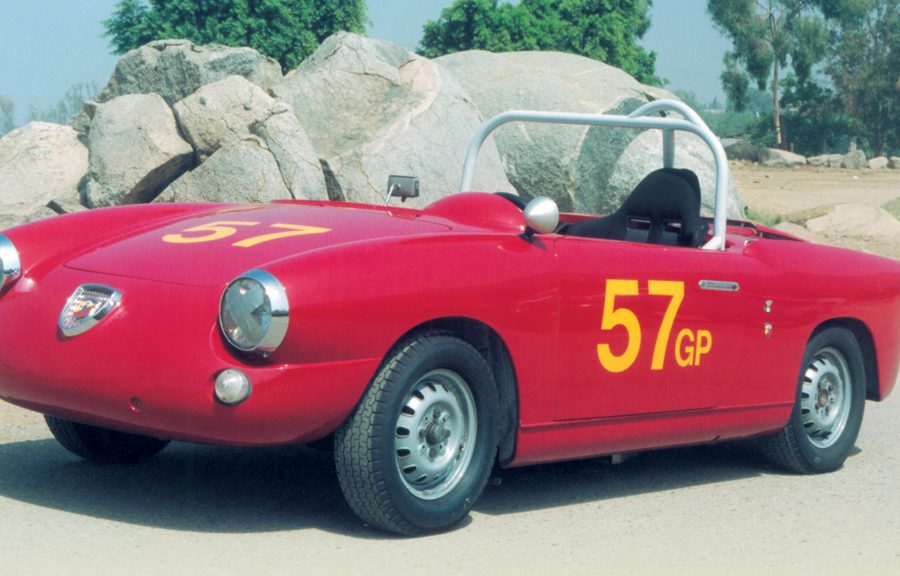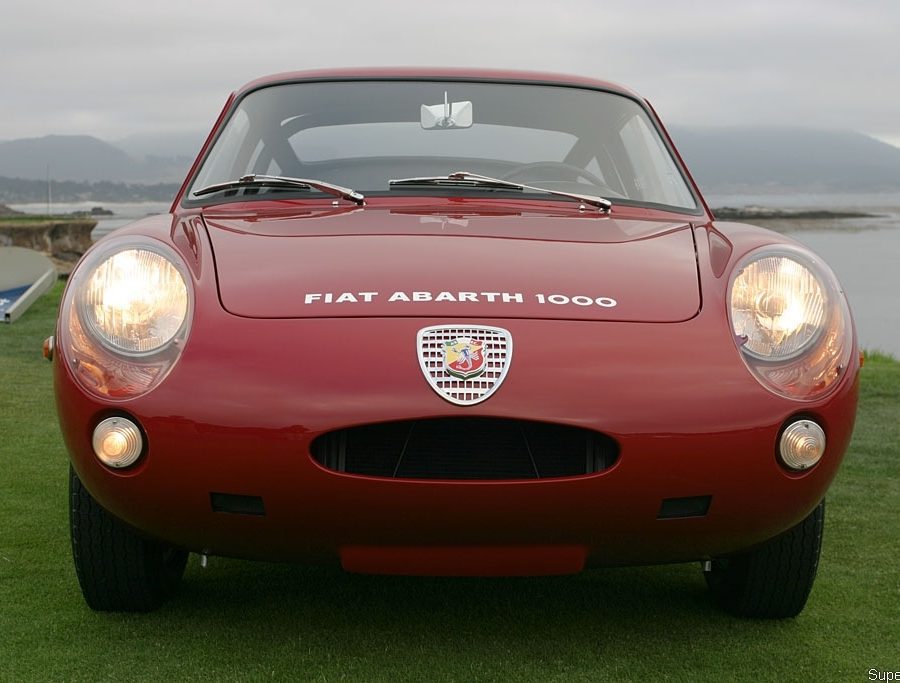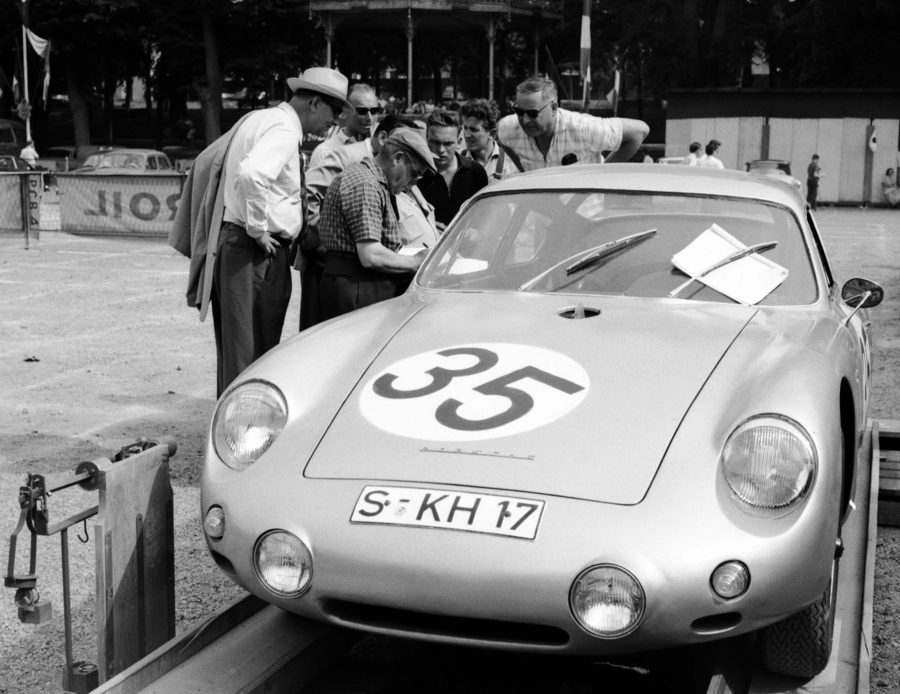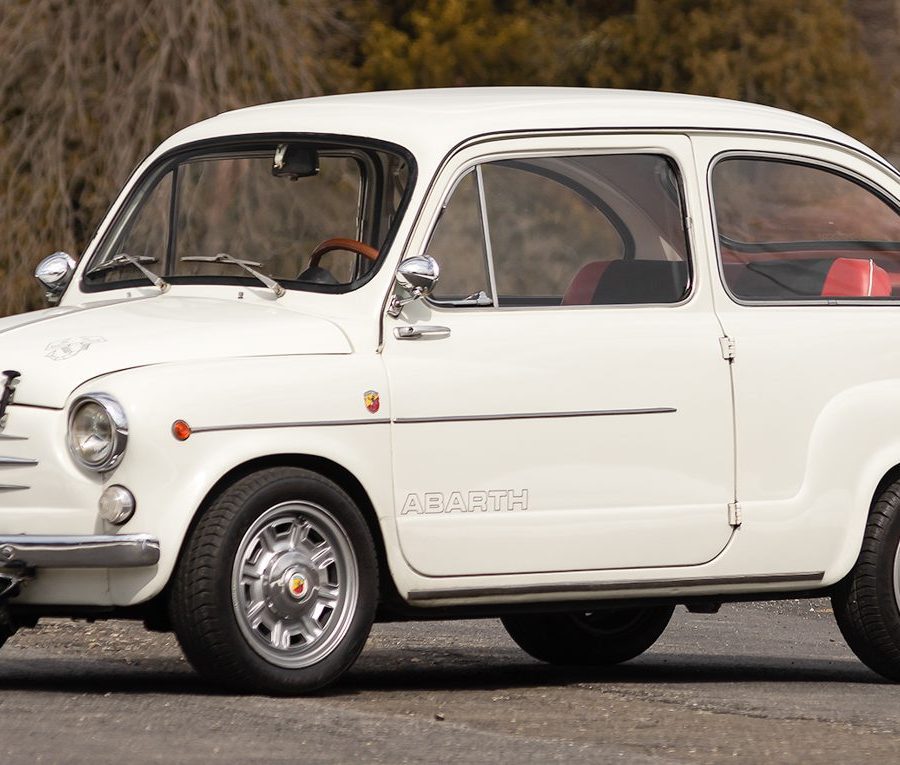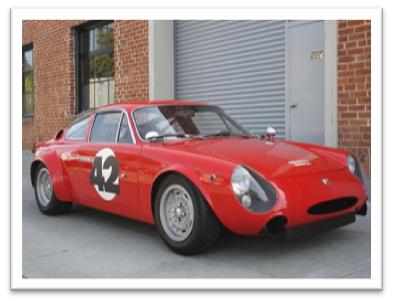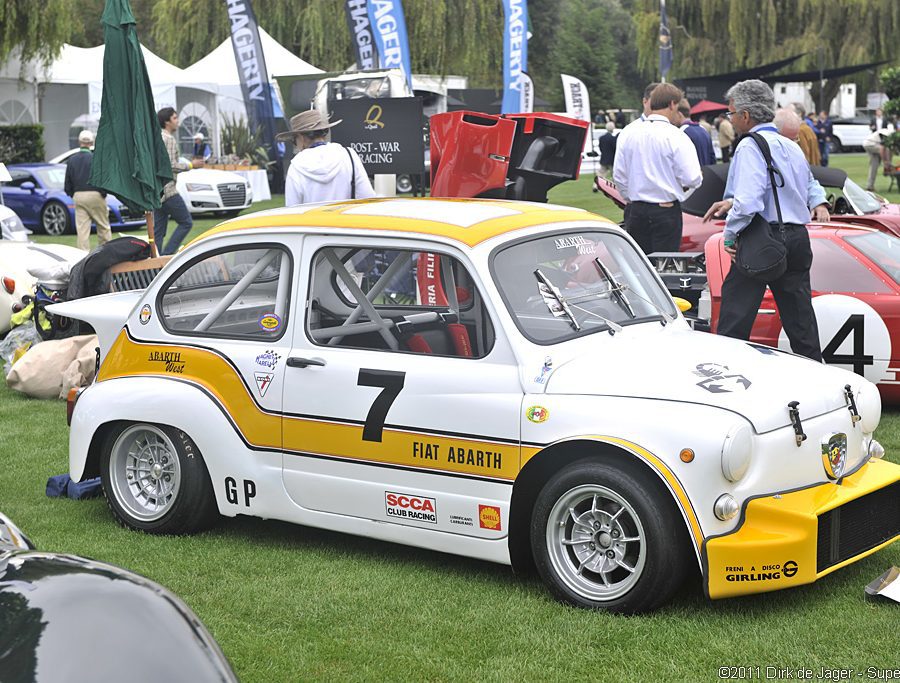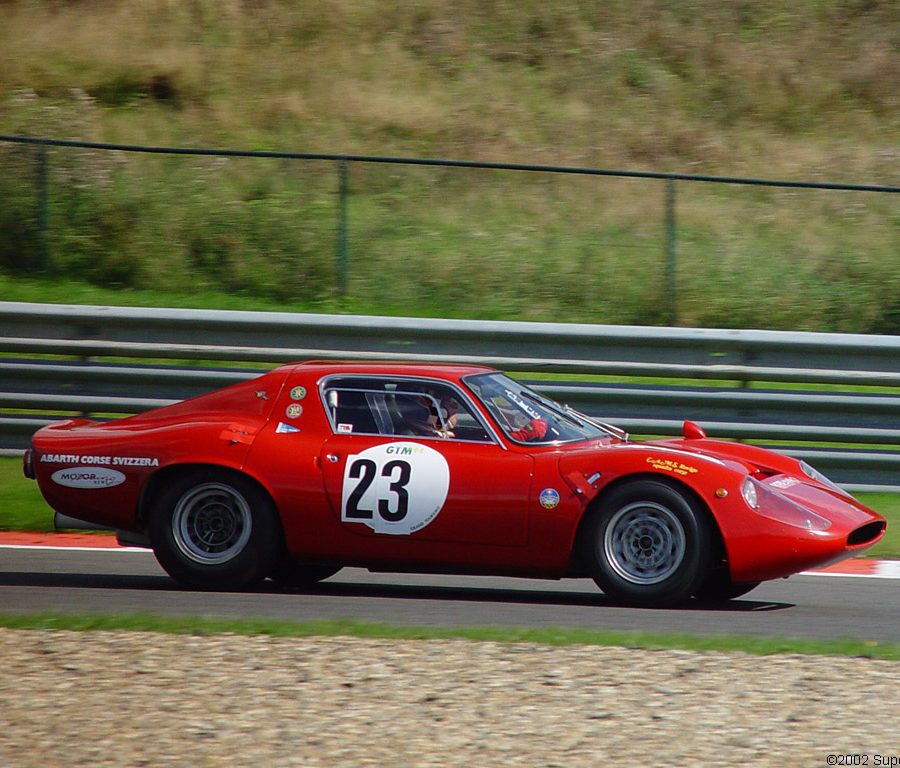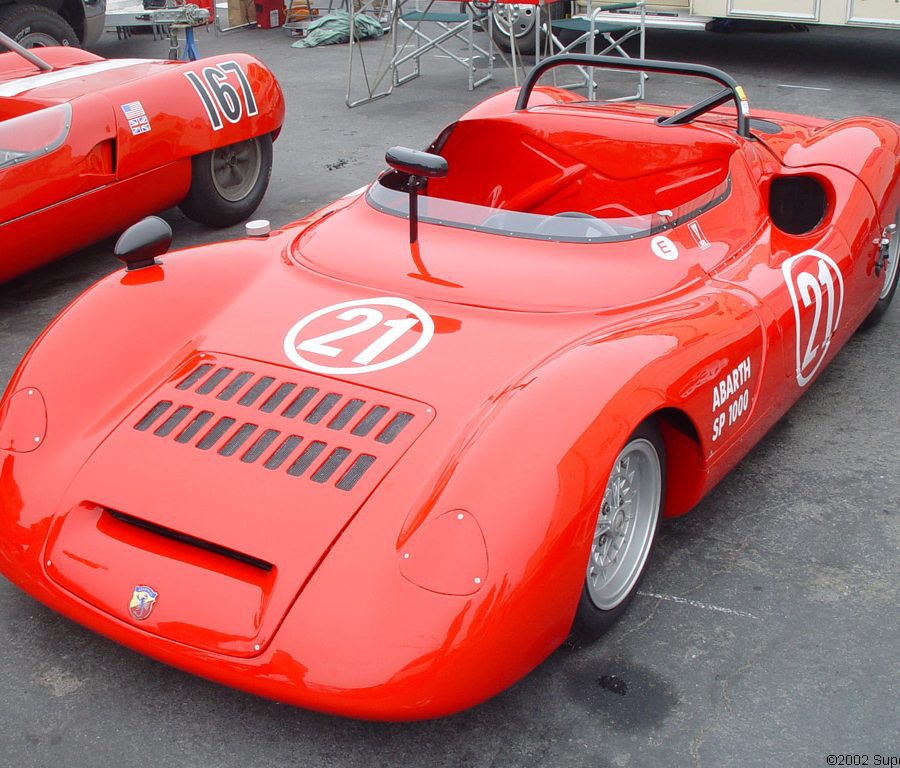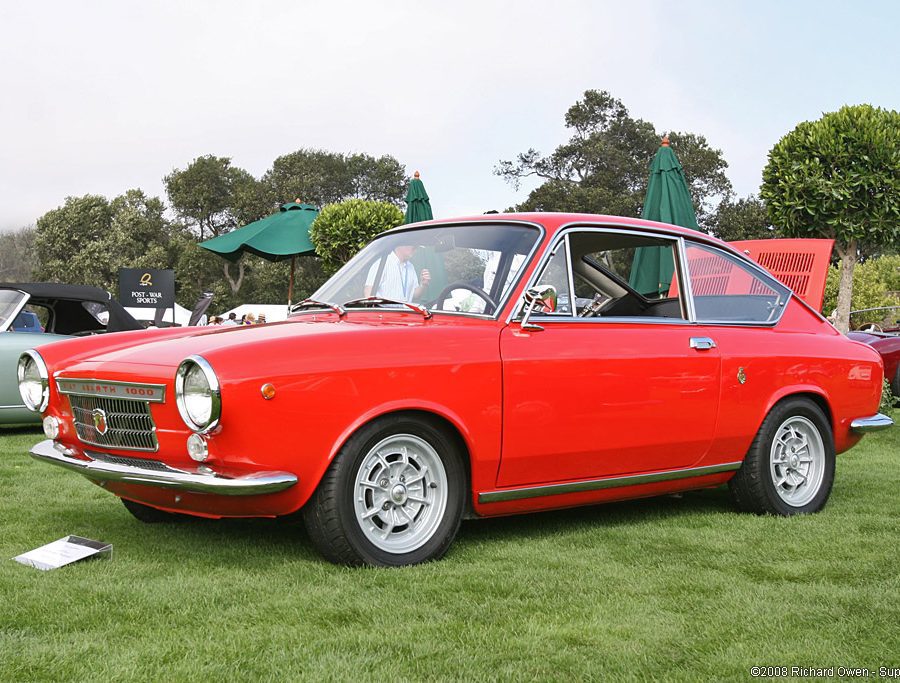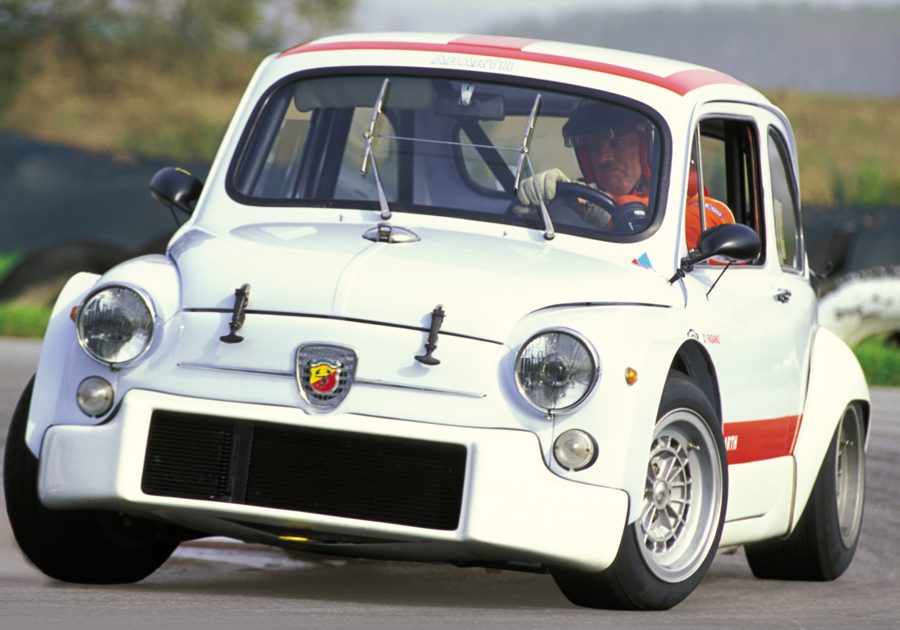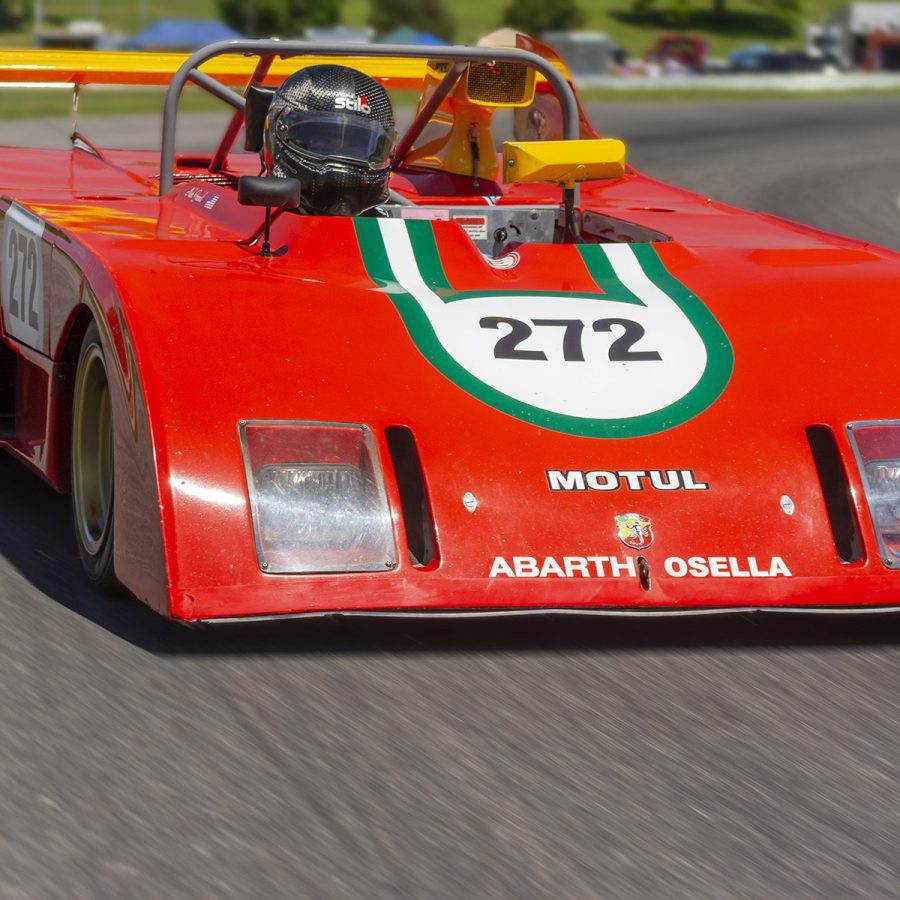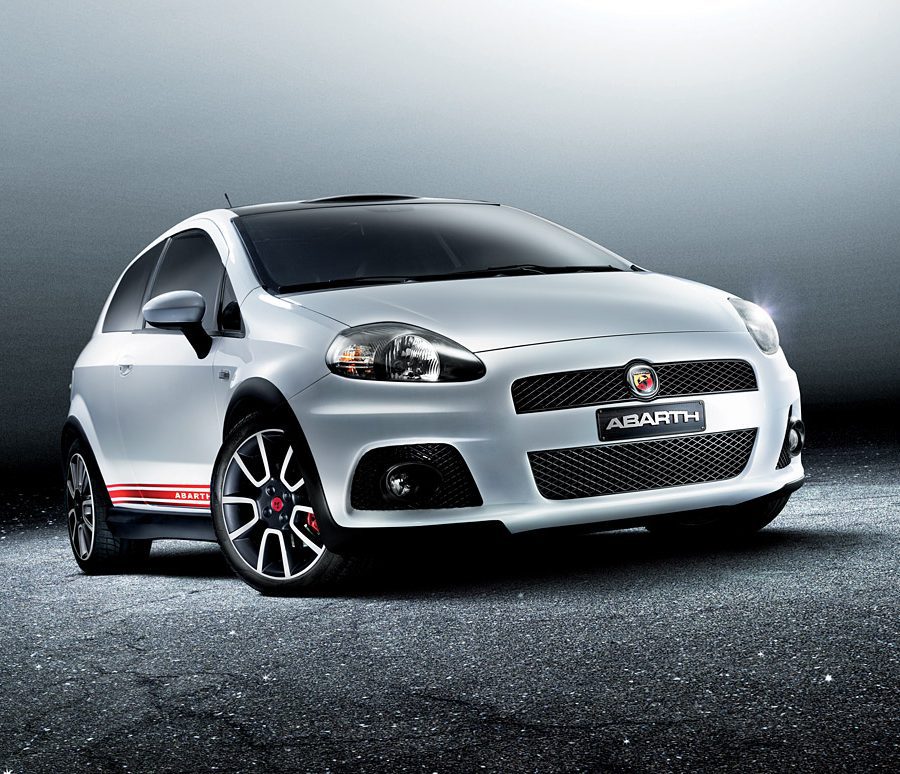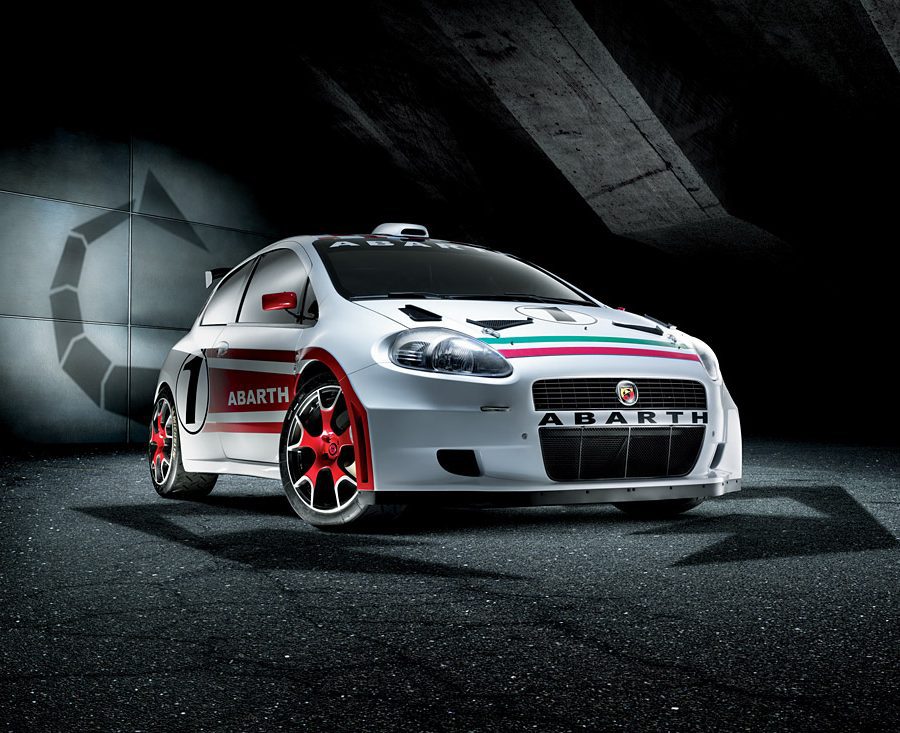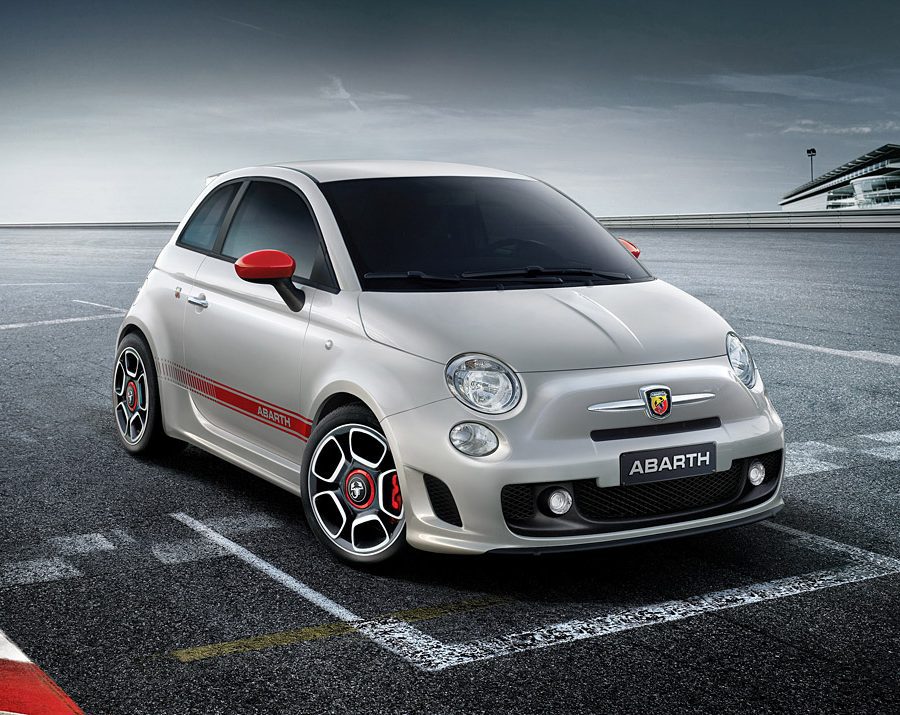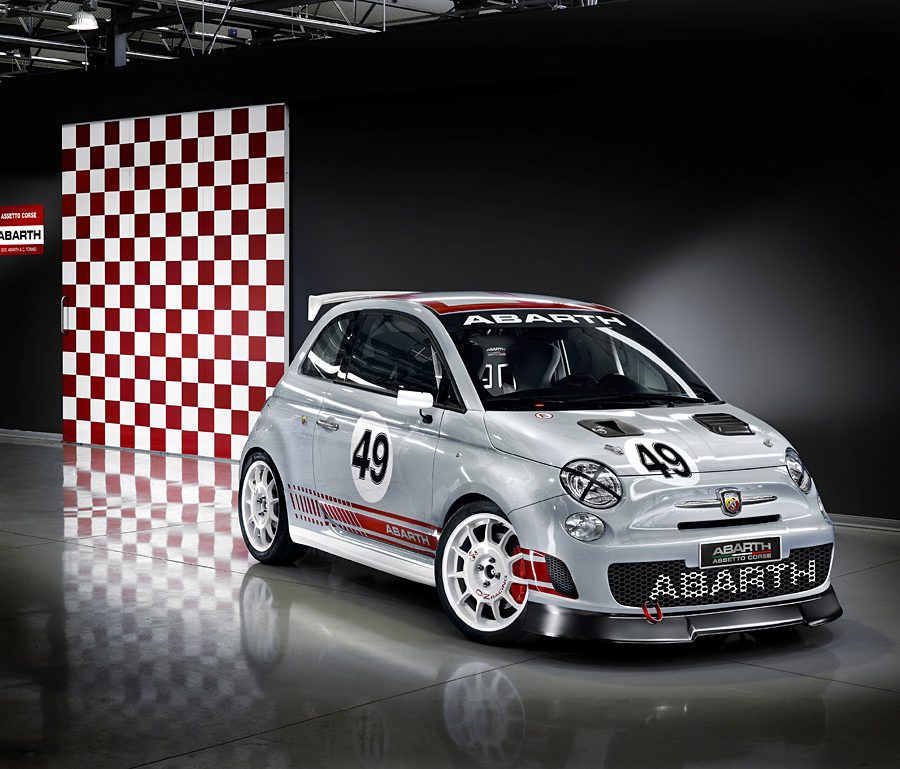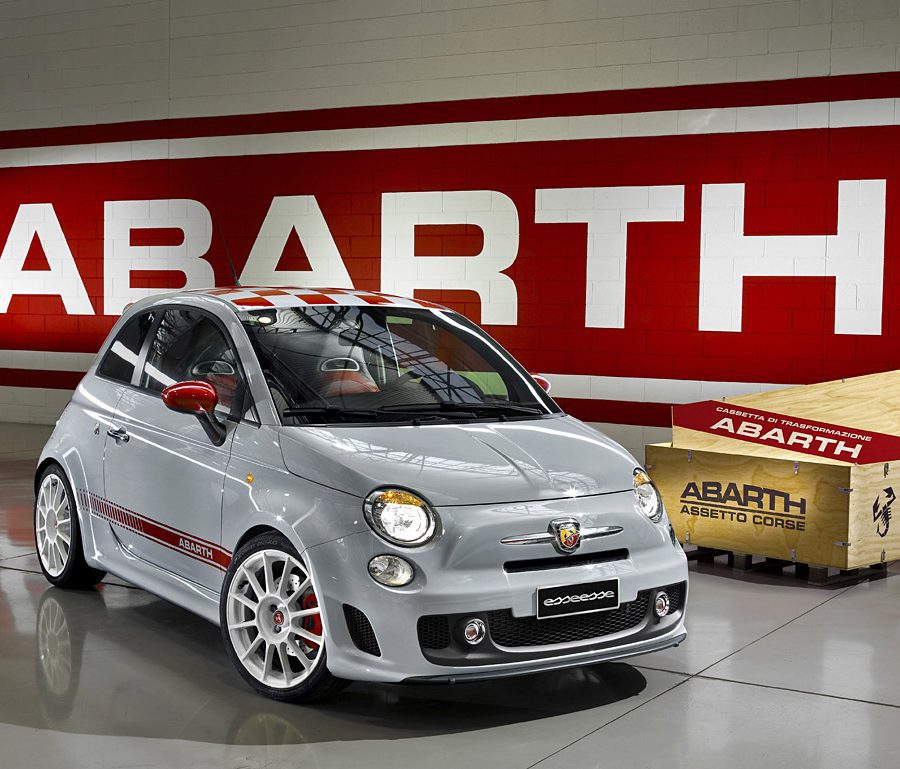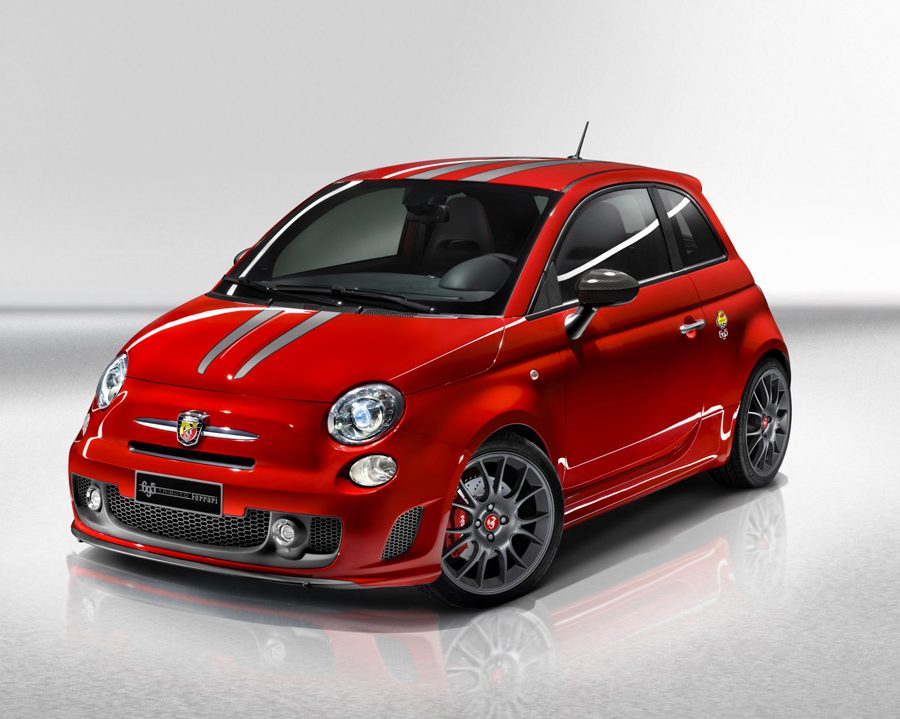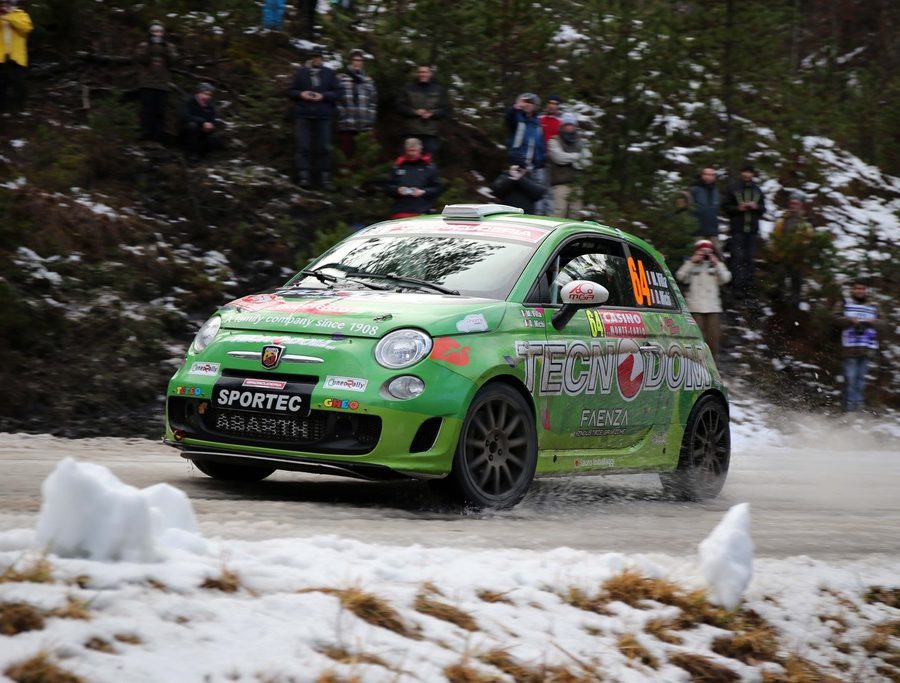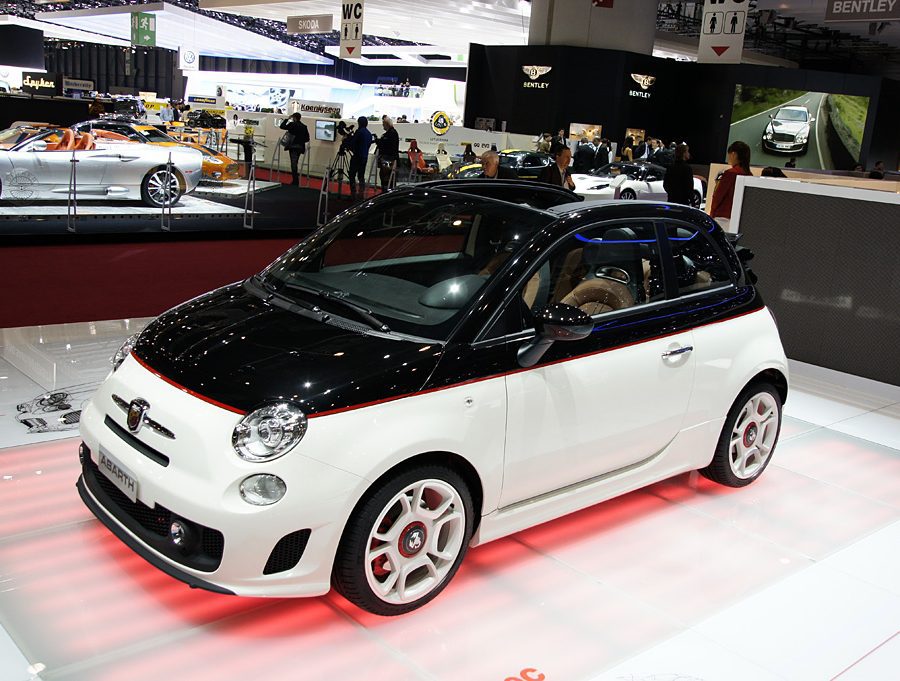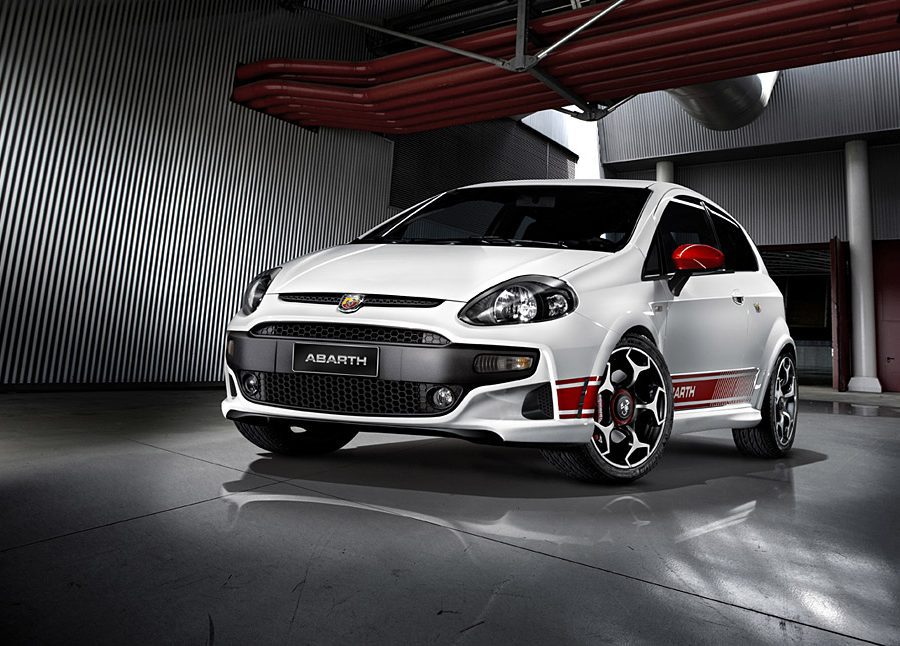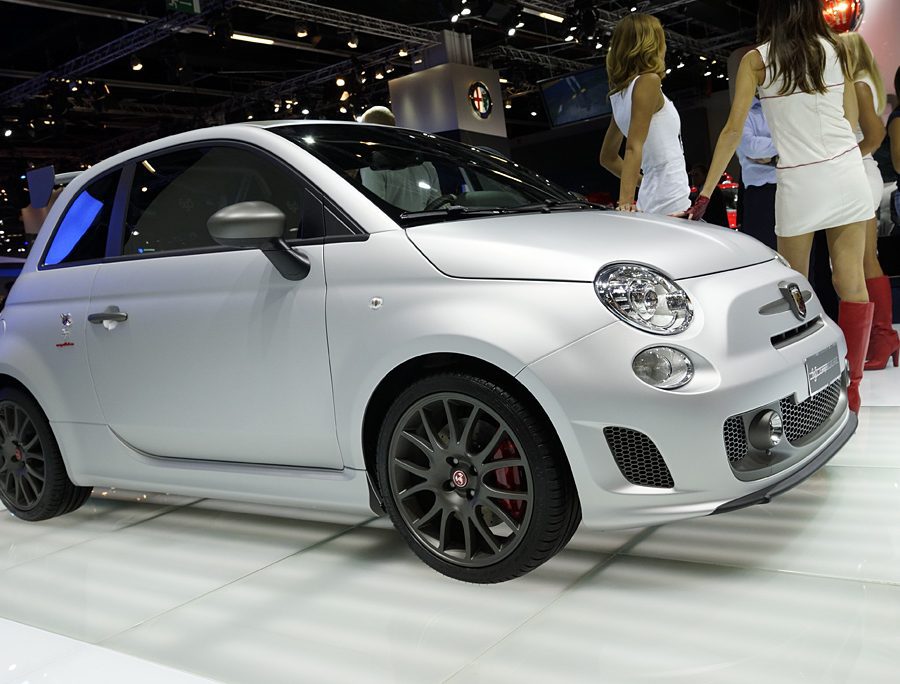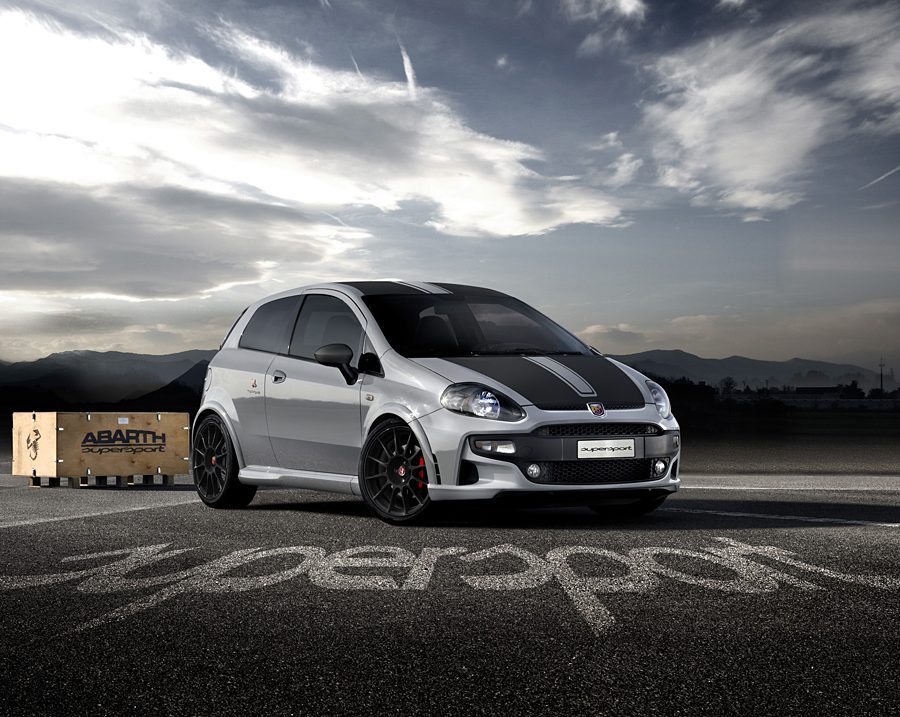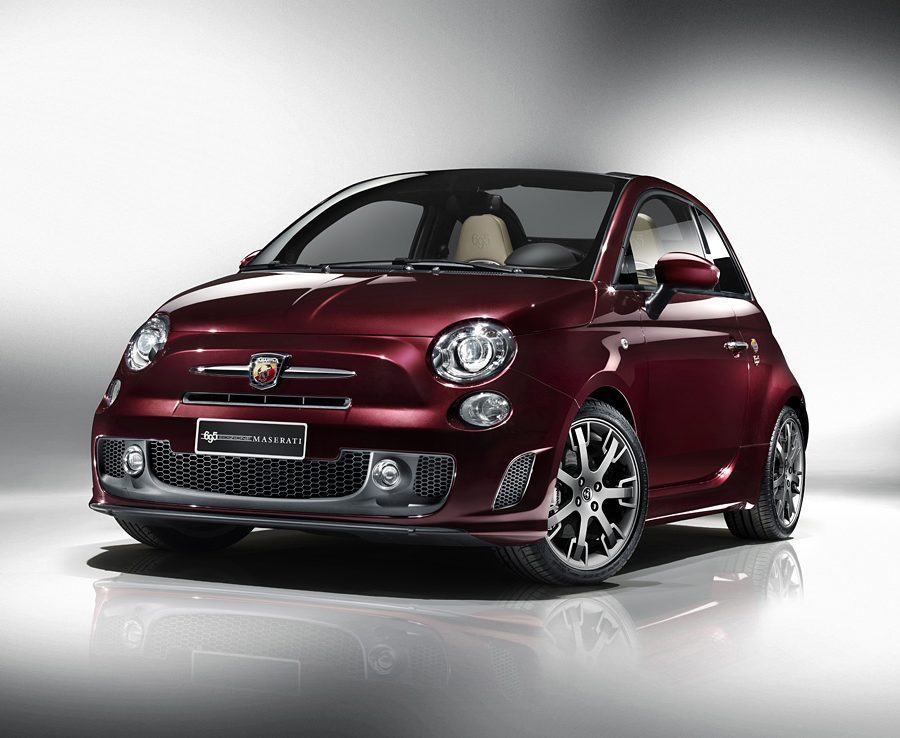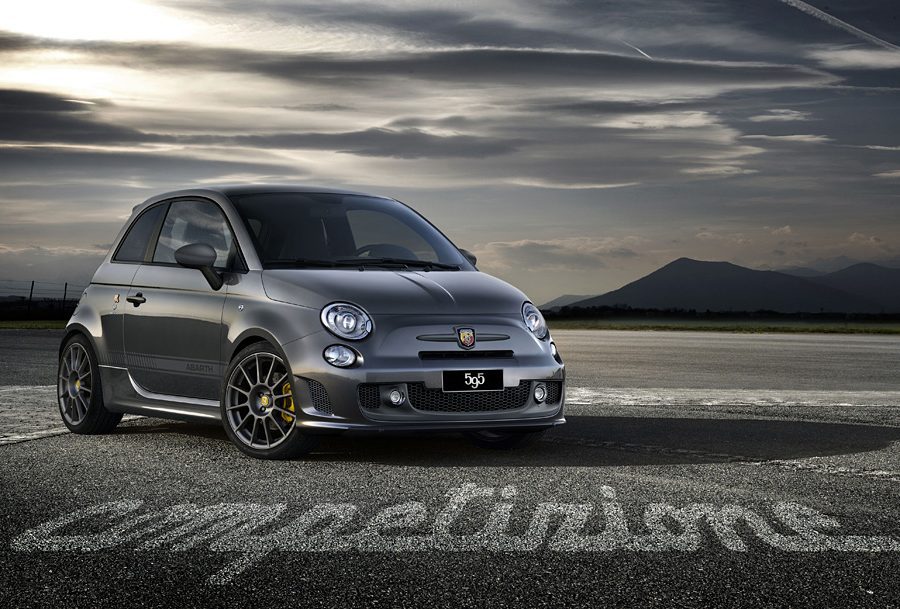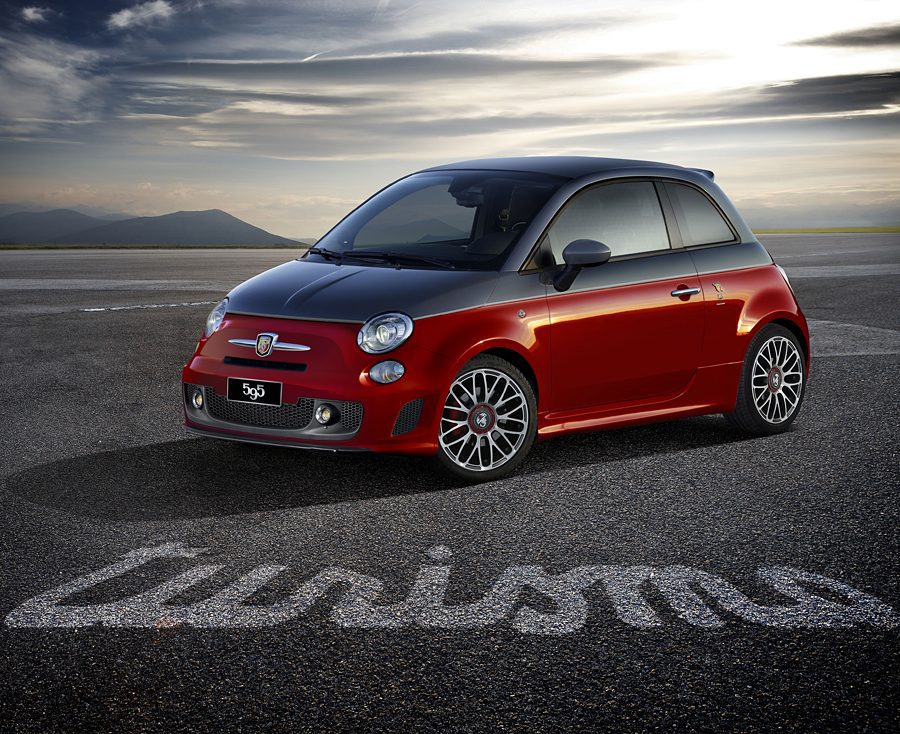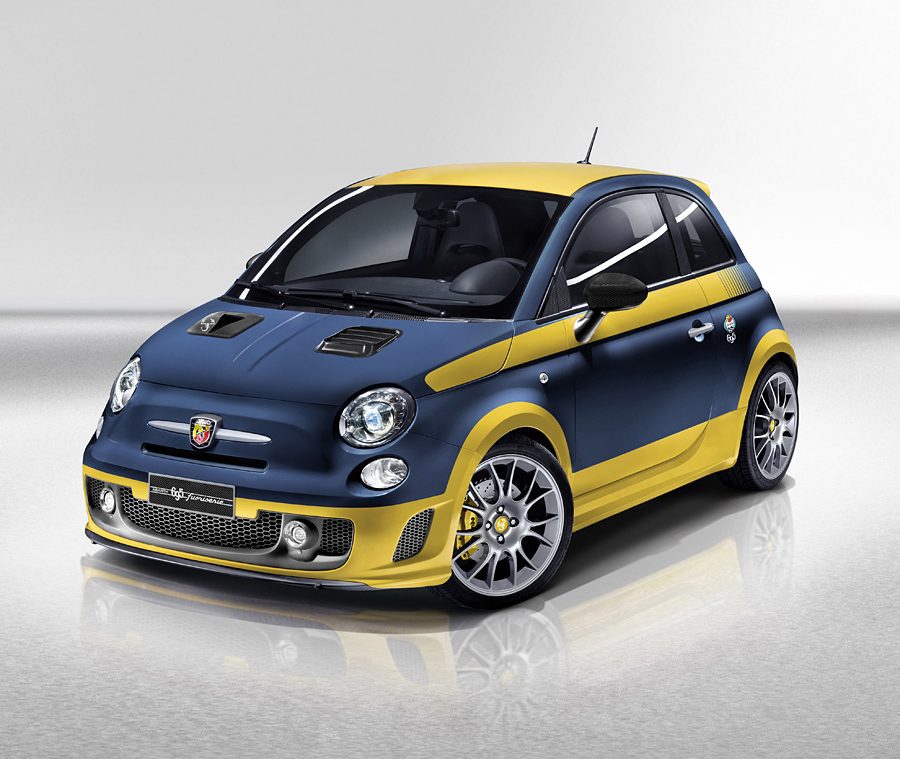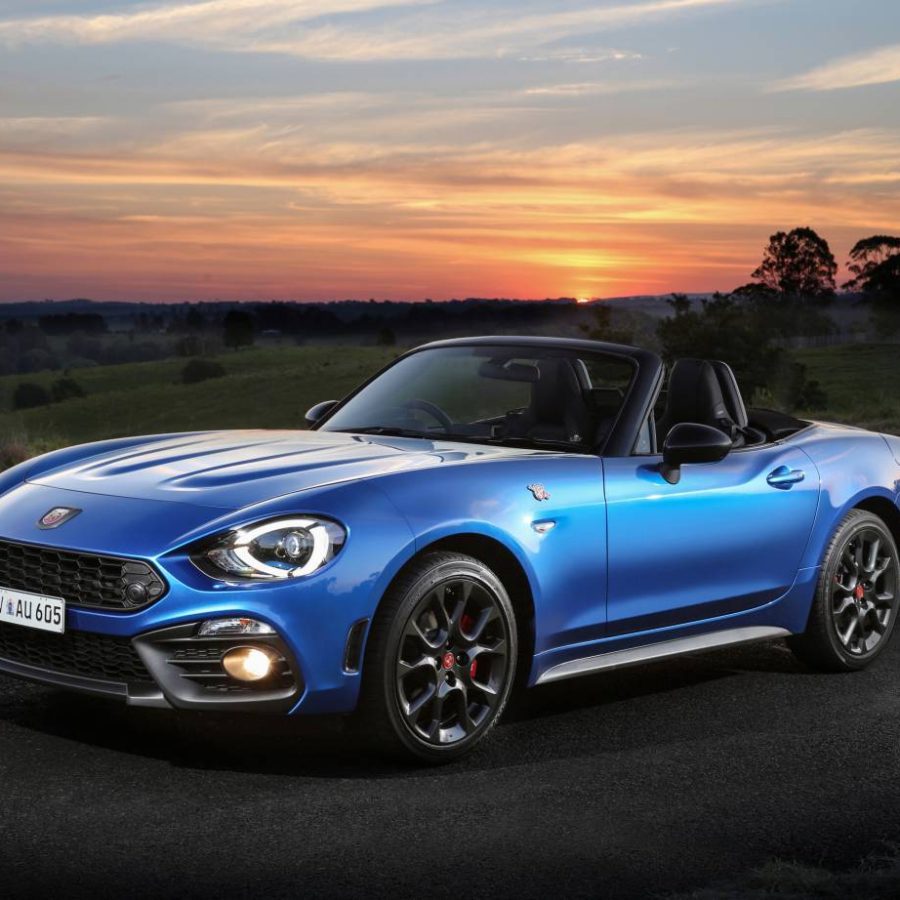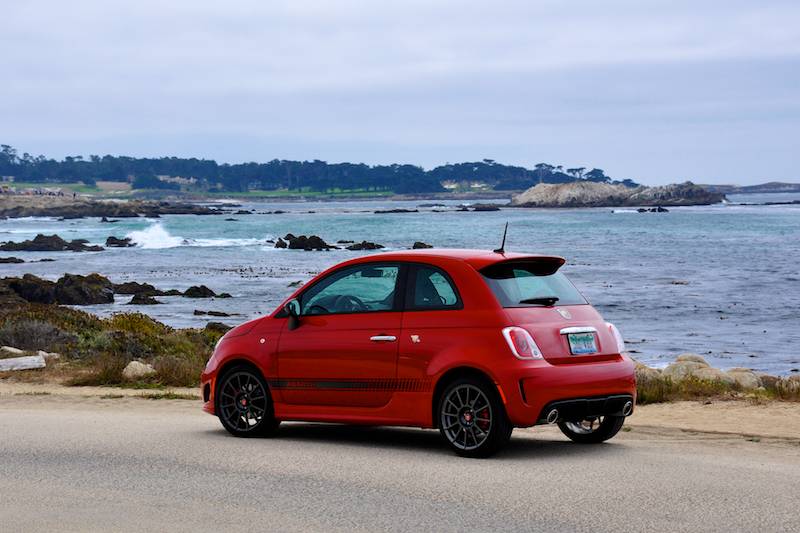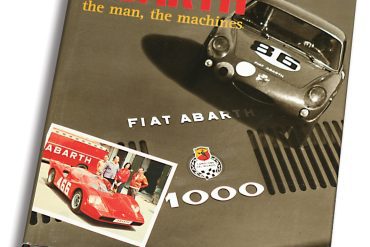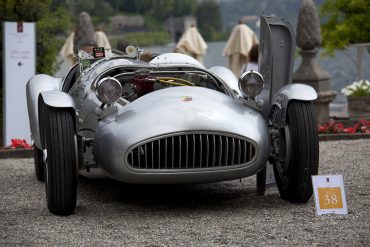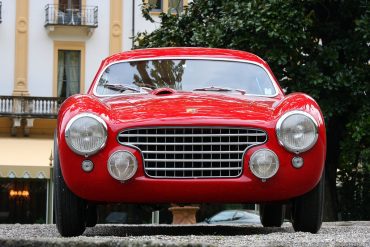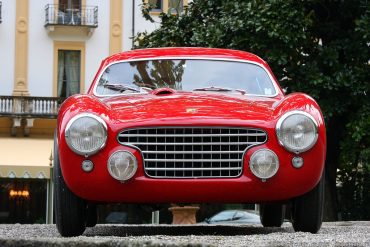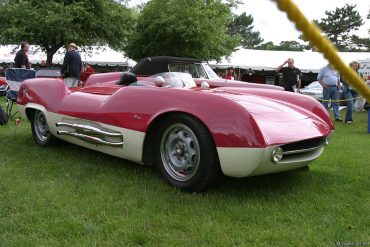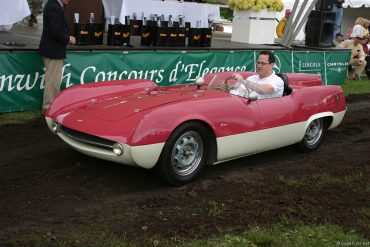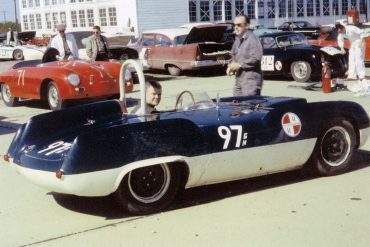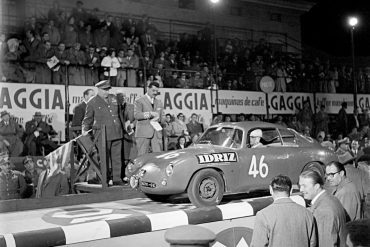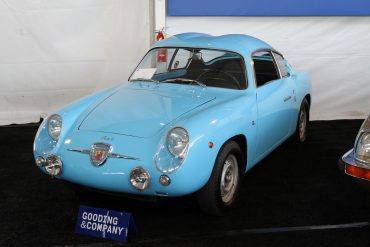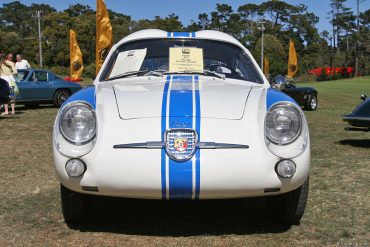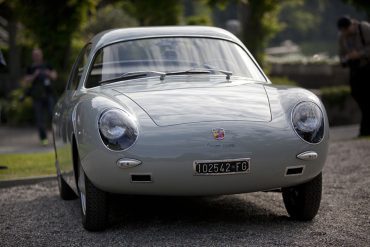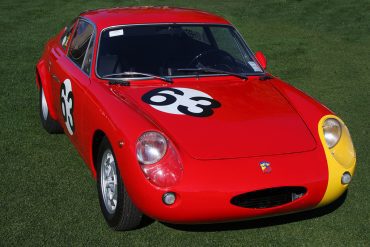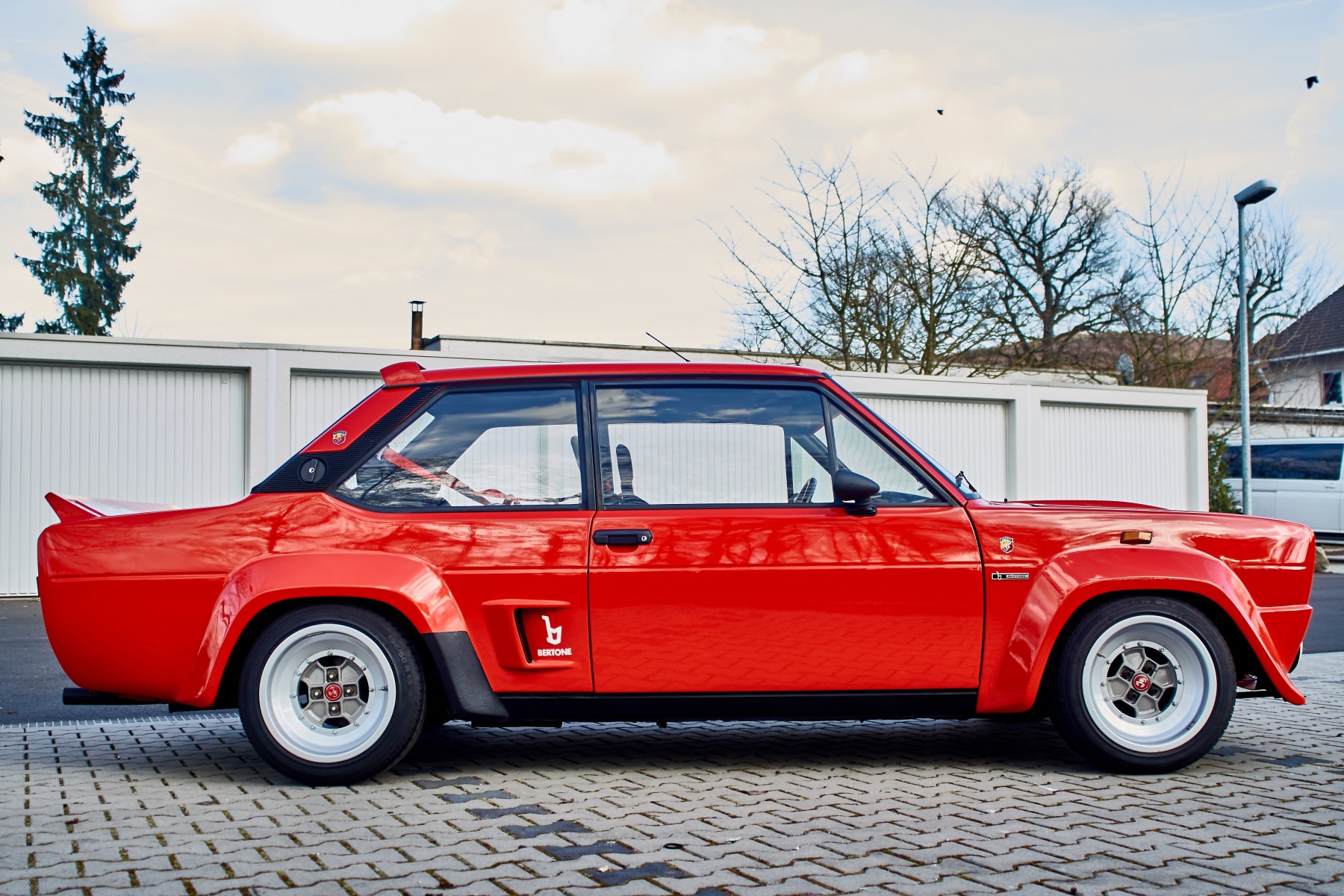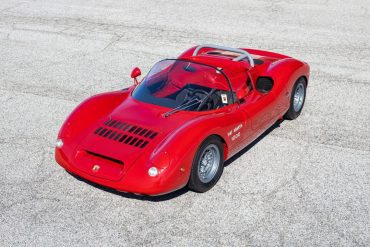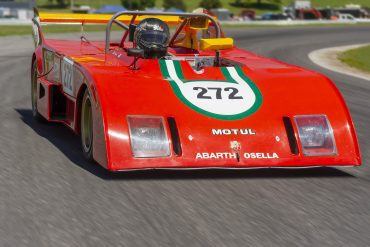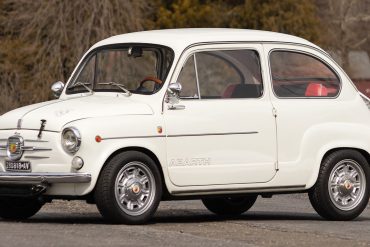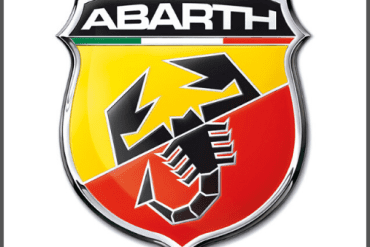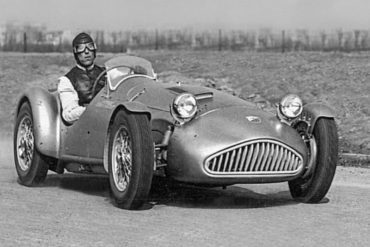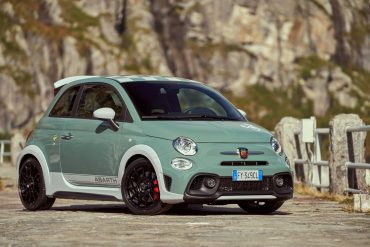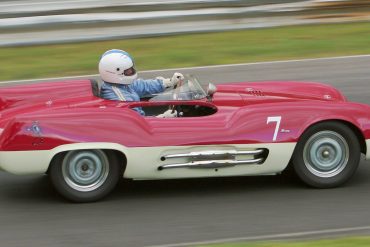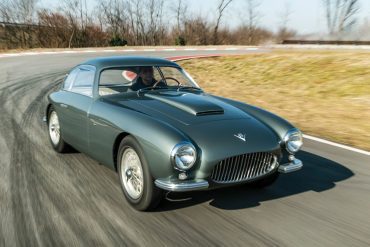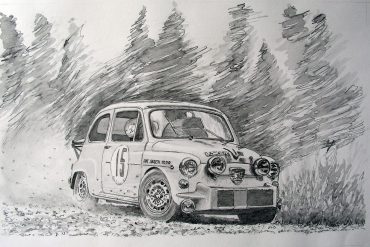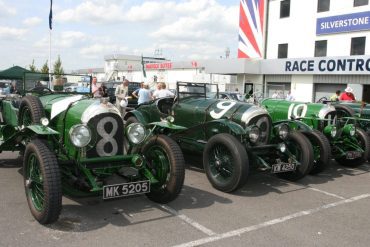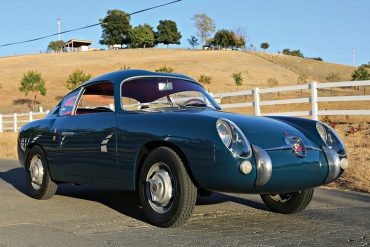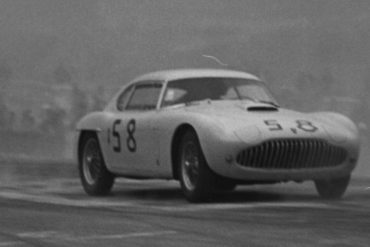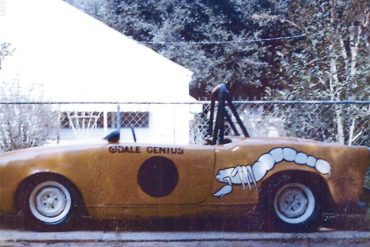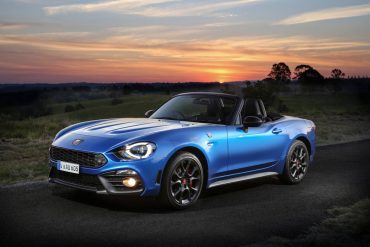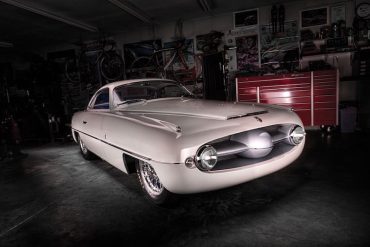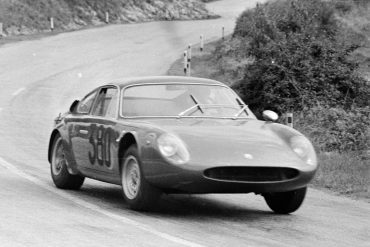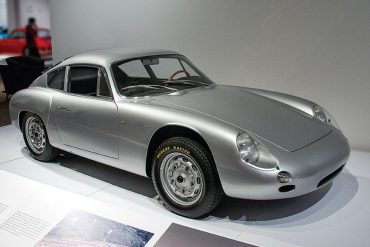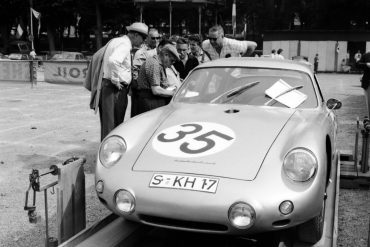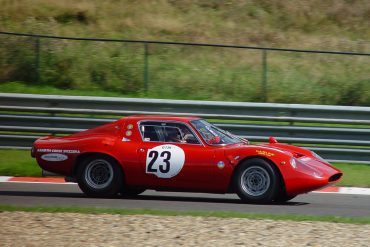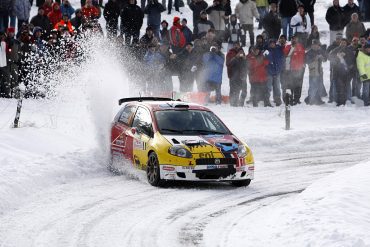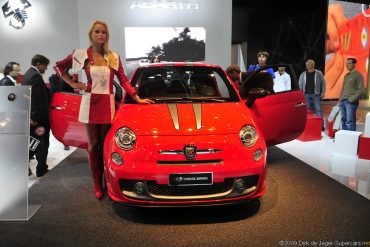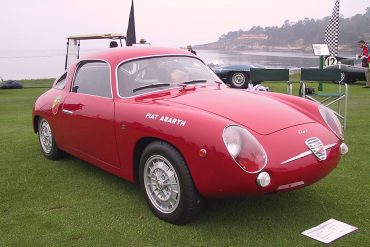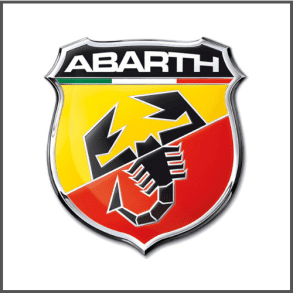
Abarth
Research, History, Reviews, Media & More
Introduction / History & Stories / Model List & Guides / Images & Videos / News & Updates
Abarth: Performance Born from Passion
Abarth is a name synonymous with performance, compact sportiness, and Italian automotive flair. Founded by Carlo Abarth in 1949, the brand quickly established itself as a powerhouse in the world of motorsport and automotive tuning. Over the decades, Abarth’s name has become emblematic of speed, innovation, and a rebellious spirit. Here’s a closer look at Abarth’s origins, history, car models, and key milestones.
Founding of Abarth
Carlo Abarth, an Austrian-born Italian, was a man obsessed with speed. Before creating the brand, he worked as a racing driver and engineer, gaining valuable experience in motorsport. In 1949, he founded Abarth & C. in Bologna, Italy, with the purpose of creating high-performance exhaust systems and tuning kits for road cars. The iconic Scorpion logo, which was Abarth's astrological sign, quickly became associated with high-performance exhausts and tuned-up vehicles.
Abarth’s initial success came from producing tuning kits for Fiat cars, allowing customers to transform their standard road cars into racing machines. These kits often included tuned exhaust systems, carburetor adjustments, and high-performance components.
Abarth’s Iconic Car Models
Over the decades, Abarth became closely linked with Fiat, leading to a series of legendary Abarth-tuned Fiat models:
Fiat Abarth 595 and 695 (1960s): Perhaps the most iconic of all Abarth models, these were performance versions of the classic Fiat 500. The 595, in particular, became a symbol of the brand’s ability to extract speed from small, lightweight cars. With their distinctive styling, these Abarth-tuned cars captured the spirit of 1960s Italian racing culture.
Abarth 124 Spider (1970s): Based on the Fiat 124 Spider, this Abarth version elevated the original to new heights, winning several rally championships and contributing to Abarth’s rallying success during this era.
Fiat 131 Abarth (1970s): The 131 Abarth is another rally legend, competing in the World Rally Championship (WRC) and securing three constructors’ titles for Fiat in 1977, 1978, and 1980. It showcased the capabilities of Abarth tuning in the world of professional motorsports.
Abarth 500 (Modern Era): Revived in the late 2000s, Abarth returned to the market with the performance-tuned version of the modern Fiat 500. The Abarth 500 and its various iterations (such as the 595 and 695) captured the essence of Carlo Abarth’s vision for combining compact size with explosive performance.
Special Milestones and Achievements
Record-Breaking Era (1950s-1960s): During this period, Abarth was not only winning races but also setting speed records. In 1956, the Abarth 750 Record Monza broke 10 world speed and endurance records, solidifying the brand's racing credentials.
Rally Dominance (1970s): Abarth’s involvement in rally racing through cars like the Fiat 124 Spider and 131 Abarth contributed significantly to Fiat’s motorsport success. These cars won multiple championships, proving the brand’s engineering prowess.
Partnership with Fiat (1971): In a pivotal moment, Fiat acquired Abarth in 1971. This move cemented Abarth’s role as Fiat’s official performance division. From then on, Abarth would continue to produce high-performance variants of Fiat cars, expanding its presence in both racing and road car markets.
Revival of the Abarth Brand (2007): After years of dormancy, Fiat relaunched Abarth as a standalone performance brand in 2007. The new Abarth 500 and later the Abarth 124 Spider became fan favorites, capturing the essence of the classic models while integrating modern technology and design.
Motorsport Renaissance: The reintroduction of the Abarth brand also reignited its motorsport ambitions. Abarth launched its own one-make racing series, the Abarth 500 Assetto Corse, and continued to compete in various motorsport events.
Abarth’s Racing Heritage
Abarth’s true success came on the track. Carlo’s passion for racing pushed the company into motorsports, where it began to achieve impressive results. One of Abarth’s first successes came with its tuned-up version of the Fiat 1100, which won several prestigious races in the 1950s. The company's reputation soared when Abarth-modified cars started dominating in small-displacement categories, notably at events like the Mille Miglia and the Targa Florio.
The Abarth 750, built on a Fiat platform, became one of the brand’s early racing icons. It broke multiple endurance and speed records, including at the famed Monza track, establishing Abarth as a serious player in racing circles.
Did You Know?
1. The Scorpion Logo
The Abarth logo, featuring a scorpion, is actually based on the founder Carlo Abarth’s astrological sign, Scorpio. The scorpion symbolizes the brand’s fierce, fighting spirit and agility.
2. Abarth's Founding with Racing Exhausts
Before building cars, Abarth initially specialized in creating high-performance exhaust systems. These exhausts became popular for improving power and sound on cars, particularly Fiats. This laid the foundation for Abarth’s future as a performance tuner.
3. Record-Breaking Cars
Abarth set over 10 world speed records in the 1950s and 1960s with small-displacement cars. One of the most famous was the Abarth 750 Record Monza, which broke several speed and endurance records in 1956, including covering over 12,000 miles in 72 hours.
4. From a Bed to the Fiat 500 Abarth
After a serious illness, Carlo Abarth was bedridden, but he used his recovery time to develop the idea for a high-performance version of the Fiat 500. This little car would later become one of the brand’s most famous models, the Fiat Abarth 595.
5. Motorcycle to Car Racing
Before founding Abarth, Carlo Abarth was a successful motorcycle racer. He even raced with a motorcycle and sidecar, winning championships in Austria. Abarth’s passion for speed naturally extended from motorcycles to cars.
6. The “Coffin Escape”
Carlo Abarth once famously staged a publicity stunt where he was "buried alive" in a coffin and escaped it as part of a wager. The stunt, although more associated with his love for challenges, added to his larger-than-life persona and his daring approach to marketing.
7. Signature Sound
Abarth cars are known for their distinctive, aggressive engine sounds, thanks to their specially tuned exhaust systems. This signature exhaust sound has become an identifying characteristic of Abarth cars, especially in models like the Abarth 500 and 595.
8. Lightweight, Big Performance
Abarth’s mantra has always been to focus on small, lightweight cars that punch above their weight in terms of performance. The Fiat 131 Abarth, despite its modest looks, became a world rally champion multiple times in the 1970s, beating much larger and more powerful cars.
9. The Abarth 1000’s Hidden Pedal
The Abarth 1000, known for its impressive speed and handling, had a unique feature: the clutch pedal was cleverly hidden next to the brake pedal. This quirky design choice added to the car’s character and challenged drivers in motorsport.
10. Abarth's Racing Legacy
Abarth cars have a rich history in rallying. In the 1970s, Abarth’s rally-prepped Fiat 124 Spider and Fiat 131 Abarth were incredibly successful in international competition, even winning multiple World Rally Championship titles.
11. Abarth Boosted Fiats
Abarth gained fame by boosting performance in Fiat cars, making them faster and more fun to drive. The Abarth 595 and 695 are souped-up versions of the beloved Fiat 500, with engines that deliver more horsepower and aggressive handling.
12. Abarth’s Love for Tuning Competitions
Abarth has always loved competition, not just on the track but also in terms of its custom tuning. The brand offers various special kits that allow customers to modify and enhance their Abarth models, making the cars highly customizable, especially in the modern era.
13. Carlo Abarth’s Personal Challenge
At age 57, Carlo Abarth personally set a speed record in a Fiat Abarth 1000 on the Monza circuit. To prepare for the record attempt, he shed weight by following a strict apple and yogurt diet, determined to make the car as fast as possible, even if it meant reducing the driver’s weight!
14. Return to Formula 4
Abarth returned to single-seater racing with the creation of the Abarth Formula 4 Championship, where young drivers compete in Abarth-powered cars, continuing the brand’s legacy in motorsport.
Abarth Basics
Parent organization: FCA Italy
Founded: March 31, 1949
Country: Bologna, Italy
Headquarters: Turin, Italy
Founders: Carlo Abarth, Armando Scagliarini
Quick Links
Abarth Image Galleries, Wallpapers & Videos
We have curated an amazing list of Abarth model pictures in all their glory. These picture galleries are focused on the classic Abarth models at events all over the world. Abarth wallpapers, pictures and event photos below.


